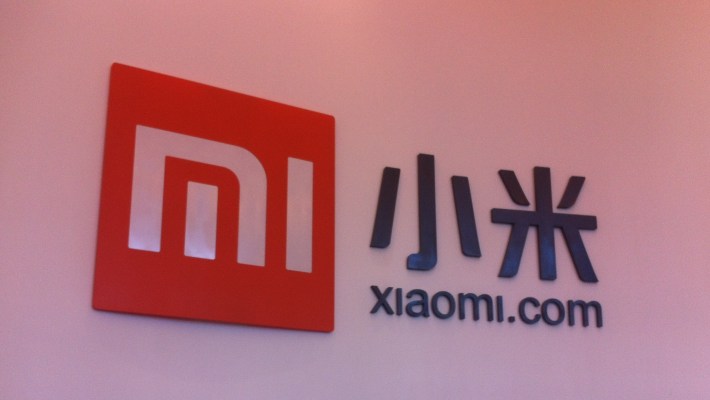Xiaomi is broadening its horizons in India with the news that its Mi devices will be available through two of the country’s major e-commerce sites, and offline retailers there for the first time.
The Chinese company initially entered India via an exclusive retail partnership with Flipkart, but, after selling one million devices in its first five months, it is broadening its distribution to reach more consumers and drive increased sales.
First up, customers will be able to buy devices from The Mobile Store‘s 800 outlets across India, as well as stores from operator Airtel — that’s according to Manu Jain, the head of Xiaomi India.
Secondly, Hugo Barra, the company’s head of international, confirmed that Xiaomi products will become available via Amazon India and Snapdeal — the other two of India’s big three online retailers.
Finally, Xiaomi will stop requiring users to pre-register for its flash sales. The system, while frustrating for users, is designed to ensure Xiaomi only sells stock that it actually has. The fact that it is being lifted — coupled with these new retail partners — suggests the company has a far larger allocation of phones. Good news for frustrated, would-be Mi phone owners in India.
This new broader focus stands in stark contrast to China, where Xiaomi controls its own online sales pipeline, but it makes sense in India, where its brand is less mainstream. India’s smartphone market is growing faster than anywhere in Asia, so now is the time to make a more sustained push.
Beyond more avenues to consumes, Xiaomi has major plans for India. In the near term that included the opening its Mi.com store in India, but, as Barra explained to TechCrunch in January, the longer vision is to eventually manufacture devices in India, not to mention tweak its software (and potentially hardware) to the specific needs of Indian customers.
In addition, it is open to acquisition and investment deals in the country, Barra said.
That localization plan is a blueprint that the company hopes to pursue in other major international markets, including Brazil, Barra’s home country and a planned expansion, where local regulations require devices to be manufactured domestically.
The ethos driving this global expansion is the value of localizing the business in each market. With a population of more than one billion and a culture that is sensitive to price, India in particular represents a vast business opportunity which could be advanced if Xiaomi can position itself as a local player, rather than a Chinese company that is merely in India.
It isn’t the only mid-range smartphone company looking at India, however. Fellow China-based rival OnePlus has made a big push in the country, while Indian competitor Micromax has ambitious plans, which include an exclusive integration with Cyanogen, the company behind a popular modified version of Android.
Xiaomi was founded five years ago, but already it has found incredible success in China. It is the top smartphone company there, as of the most recent quarter of business, thanks to its appeal among fashion conscious, young consumers who can’t pay up for the latest Samsung or Apple device but want an affordable phone that they can be proud of and show off in public. That’s a recipe which Xiaomi believes can be adapted to India, Southeast Asia and other emerging markets.
It’s too early to be sure, but the vast population of its current overseas geographies — which include India and Indonesia — coupled with the markets that Xiaomi plans to expand to — such as Turkey, Russia, Brazil, Thailand and Mexico — mean that, over time, its overseas business could match the 61 million units that it shipped (predominantly in China) in 2014. But, for now, India is the international market showing the most promise.
